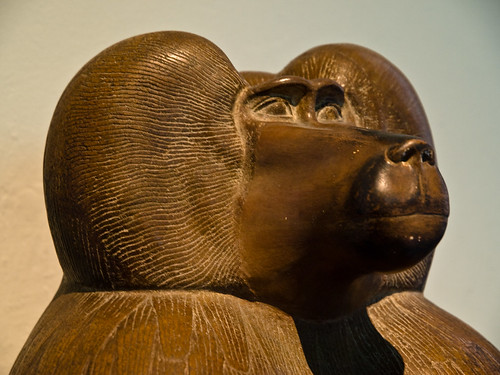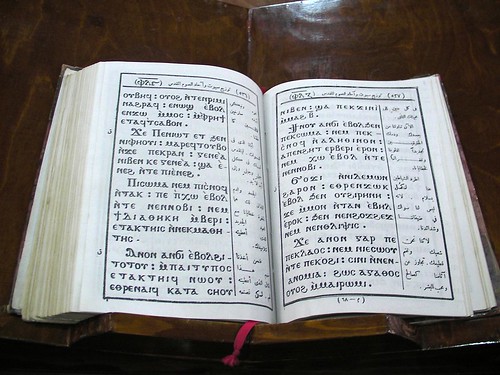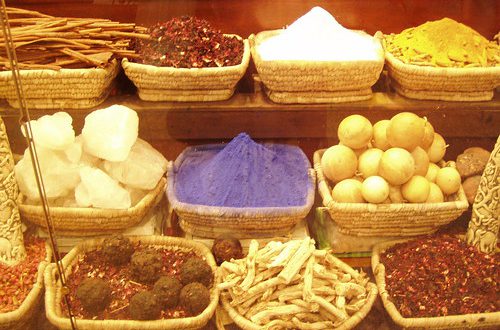Although Viagra was launched onto the market in 1998 as the new wonder drug for virility, what the makers didnt realise is that its actually been around naturally and has been used since the time of the pyramids. In ancient Egypt, the blue lily was linked to fertility and sexuality and now, thanks to the recent chemical analysis by the Egyptian section of Manchester Museum, it appears there is a scientific reason for this link – the chemical make-up of this plant contains phosphodiesters, the active ingredients of Viagra.
The blue lily wasnt the only libido-booster used by the ancient Egyptians. Lettuce rated highly and was said to be the favourite food of the fertility god Min. Fennel dates back to Egyptian times as a stimulant as does ginger, together with pomegranates and radishes mixed with honey. Honey has long been an ancient love drug and with good reason it contains boron, which stimulates the sex hormones in both males and females.
The Egyptians were also fond of coriander or pearls dissolved in wine and apparently – one Im not so sure of – baboon faeces, which were used to enhance aphrodisiac ointments. Perhaps this is because not only was the baboon admired in Egypt for its intelligence but also for its sexual lustfulness.
Those ancients were a saucy lot and the ancient Egyptians were not alone in their quest for virility-enhancing substances. Indeed, the father of medicine, Hippocrates, and the Greek philosopher Artistotle recommended lentils to help out in the bedroom department.
Aristotle also apparently advised Alexander the Great to ban his soldiers from drinking mint tea during campaigns because he believed it to be an aphrodisiac. Hippocrates would disagree with Aristotle on this one though, as he believed the frequent consumption of mint-diluted sperm hindered erection and tired the body either way, probably best not to let soldiers drink mint tea when they are about to go into battle.
A few years later, the Greek historian Plutarch suggested the way to a strong libido was to eat fassolatha (a bean soup and the national dish of Greece). Other ancient Greek libido-boosters include onions, garlic and leeks although one wonders if the partner would agree with this…. however, they were often eaten with other libido-boosters, honey and sesame seeds.
Oysters are renowned for increasing libido, and in a satire written in the 2nd Century AD by the Roman writer Juvenal, he described the wanton ways of women after drinking wine and eating giant oysters. Another legendary aphrodisiac from ancient Rome which has withstood the test of time is the truffle, which is still among the most prized ingredients of the culinary world today.
Moving over to Asia, the Chinese culture has always regarded sexual activity as very sacred, but it still needs a bit of help from time to time. The appropriately named horny goat weed and ginseng were (and still are!) recommended and Deer Antler is another ancient Chinese remedy for sustaining stamina in the bedroom. Liquorice also has its roots in ancient Chinese medicine and it is one for the girls. Apparently chewing on its root is meant to augment ones lust. Another one highly prized by Chinese women as an aphrodisiac is nutmeg but be warned, if eaten in quantity, it can have a hallucinogenic effect.
Even the Bible proffers advice and makes mention of the root mandrake for its potent qualities.
Weird, wacky or unusual as they seem, as the recent analysis of the blue lily shows, under the scrutiny of modern science many of these ancient aphrodisiacs may have chemical stimulants which contribute to maintaining sexual hormone levels and/or sparking neurotransmitters that trigger feelings of love or sexual arousal. So next time youre on a hot date, dont forget your baboon faeces.






